Higher Performance Insights | THE GENIUS TRAP
The Reason Your Star-Studded Cabinet Isn't Moving The Performance Needle
Last Monday at 8:00 AM, you sat down with your dream team, boasting a combined experience of over 150 years in education. Advanced degrees from prestigious universities. Proven individual track records.
By Friday, you were staring at the same reality faced three years ago: brilliant people, endless meetings, and problems that seemed to multiply faster than solutions. You probably caught yourself thinking:
"If we're this smart and experienced, why does it feel like we're spinning our wheels while our system falls further behind our competition?"
Here's the uncomfortable truth that research reveals: You've assembled individual experts but haven't built collective intelligence.
And it's costing your students everything.
THE RESEARCH
MIT's Dr. Anita Woolley published groundbreaking research in Science that should revolutionize how you think about your leadership team.
The shocking finding: Teams with higher collective intelligence outperform teams of individually brilliant people by 40-60%. There's little correlation between a group's collective intelligence and the IQs of its individual members.
Translation for education: Your hiring strategy—recruiting the smartest individuals—might be fundamentally limiting your potential.
The brutal reality: 75% of cross-functional teams are dysfunctional, not because people lack competence, but because competent individuals can't think together effectively.
While you've been building cabinets of experts, breakthrough TEAMS have been developing something entirely different: the ability to think collectively.
WHY INITIATIVES FAIL
Recent research from the Center for Business Practices found that 60% of project failures stem from poor collective leadership—expectations that were too high, unrealistic, not managed, or poorly communicated.
Sound familiar? In education, this translates to:
- Curriculum implementations that never reach full adoption
- Technology initiatives that teachers resist
- Strategic plans that gather dust
- Reform efforts that create more problems than they solve
The hidden pattern: These aren't implementation problems—they're collective intelligence problems.
Your team has the expertise. What they lack is the process that transforms individual brilliance into a collective breakthrough.
THE FOUR DYSFUNCTIONS
1. The Isolation Analysis Trap
The Problem: Each department head analyzes their piece of the system challenge separately, then tries to negotiate solutions during meetings.
Why It Fails: Collective intelligence emerges from real-time collaboration, not individual analysis followed by group discussion.
Example: When addressing chronic absenteeism, the student services director focuses on home visits, the curriculum director examines engagement strategies, and the transportation director reviews route efficiency—but they never collectively examine the interconnected nature of the problem.
2. The Expertise Silo Disease
The Problem: You know exactly how each person will respond before they speak. Your CFO sees everything through a budget lens. Your VP of Academics defaults to instructional solutions.
Why It Fails: Teams with diverse expertise only show amplification effects when they work collectively, not in isolation.
Example: During budget cuts, each department advocates for its programs individually, rather than collectively redesigning how the institution delivers comprehensive, in-demand programming.
3. The Meeting Theater Syndrome
The Problem: You mistake presentations and reports for collective thinking.
Why It Fails: Critical thinking and problem-solving emerge through real-time collaboration, not through individual preparation followed by information sharing.
Example: Monthly cabinet meetings where each administrator reports on their division/site rather than collectively solving system-wide challenges.
4. The Consensus Compromise
The Problem: Teams avoid productive conflict about student outcomes, instead seeking artificial harmony.
Why It Fails: Breakthrough solutions require teams to have difficult conversations about what's really happening across campus metrics.
Example: Avoiding tough discussions about underperforming divisions or ineffective programs because "we don't want conflict."
THE BREAKTHROUGH FRAMEWORK
Modern research confirms what ancient wisdom communities have long known: breakthrough understanding occurs in community, not isolation.
The Truth → Experience → Action Model
TRUTH: What's the real challenge our students and community are facing?
EXPERIENCE: How do we encounter this challenge together as a leadership team, not through separate departmental reports?
ACTION: What coordinated response emerges from our collective understanding?
The Critical Difference: Research shows that teams must experience problems together in real-time rather than analyzing them separately.
The Transformation That Actually Works
❌ The Typical Approach (Actually Destructive): Hope individual experts will eventually coordinate better
Cabinet scenario: Your achievement gap persists despite individual departments working harder. Each team member has solutions, but they're not aligned. You schedule more meetings to "coordinate efforts."
Result: Frustration increases. Solutions compete rather than complement. Problems persist despite good intentions.
✅ The Breakthrough Approach (Game-Changing): Create collective intelligence that generates solutions none of you could develop alone
Same scenario, different response: You clear half a day. The entire team visits classrooms together, talks to students experiencing the achievement gap, and observes the challenge firsthand. Then you think together in real-time about what you're all seeing.
Result: Breakthrough insights emerge that transform your approach to the entire challenge. Solutions integrate naturally because they're developed collectively.
IMMEDIATE ACTIONS
1. Replace "Report Out" with "Think Together"
- No presentations about departmental updates
- Choose one real system challenge
- Think through it collectively in the room
2. Implement the "Fresh Eyes" Rotation
- Let your newest team member lead the discussion on your oldest problem
- Ask your operations director to examine curriculum challenges
- Rotate who brings the initial perspective to familiar issues
3. Create Real-Time Discovery Sessions
- Schedule quarterly sessions where you encounter problems together
- No pre-work. No slides. Just collective thinking.
- Research shows that collective intelligence emerges from shared real-time experience
4. Measure Your Team Intelligence (TQ)
- Track how often breakthroughs emerge from team discussions vs. individual contributions
- Monitor whether your team generates solutions that none of you developed alone
- Assessment of group performance must account for underlying collective intelligence
THE CONVINCING EVIDENCE
Recent studies on collective leadership in education show significant positive effects on both student achievement and faculty retention.
Educational research confirms that distributed leadership—where multiple people exercise leadership collectively—creates conditions that directly impact school climate and student outcomes.
As AI transforms education, developing collective intelligence becomes even more critical. These are capabilities that technology cannot replace: the ability to think together, discover together, and create breakthrough solutions through human collaboration.
THE EXPERIMENT
Challenge: Pick your system’s most persistent problem—the one your leadership team has "solved" multiple times but keeps returning.
The Collective Intelligence Approach:
- Clear half a day from everyone's calendar
- Experience the problem together as a team—visit classrooms, talk to students, and observe the challenge firsthand
- No prep. No presentations. No predetermined solutions.
- Think together in real-time about what you're all seeing
- See what emerges that none of you discovered working alone
Warning: This will expose the extent to which your team relies on individual expertise rather than collective intelligence. It will be uncomfortable. It's also the path to breakthrough results.
THE RUMBLE
Your Team Intelligence Audit Questions:
- When did your leadership team last generate a solution that surprised all of you?
- How often do breakthrough insights emerge from your meetings vs. individual work?
- Do your collaborative sessions produce ideas that exceed what any individual member could develop alone?
- Are you solving problems or just coordinating individual solutions?
The brutal truth: Individual brilliance is the ceiling. Collective intelligence is the breakthrough that transforms educational outcomes.
READY TO TRANSFORM?
Stop hoping individual experts will eventually coordinate better. Start building the collective intelligence that creates breakthrough results for students.
The first step is understanding your team's current intelligence quotient. In just 5 minutes per team member, you can discover:
- Where your team defaults to individual rather than collective thinking
- Which cognitive perspectives naturally enhance group intelligence
- How to transform your most challenging dynamics into breakthrough collaboration
Discover Your Team Intelligence → Take the 5-Minute Educational Leadership Team Assessment
Because when you can't create collective intelligence among leaders, you can't create breakthrough results for students. But when you develop Team Intelligence, your assembled expertise becomes the foundation for solutions that transform everything.
WANT MORE?
Find this article with bonus material at higherperformancegroup.com/blog, including Leader {CORE} Leader Guides for leading timely discussions on this topic and dozens more with proven strategies to transform teams.
Be the First to Know: Join Our Mailing List! Get Higher Performance Insights in your inbox and keep learning to lead Higher Performance Teams and Systems.
References
- Woolley, A.W., et al. (2010). Evidence for a collective intelligence factor. Science, 330, 686-688.
- Harney, O.M., & Wegerif, R. (2023). Education for collective intelligence. Journal of Curriculum Studies, 55(2), 137-166.
- MIT Center for Collective Intelligence (2024). Research on human-computer collaborative intelligence.
- Ilon, L. (2012). How collective intelligence redefines education. Advances in Collective Intelligence.
- Center for Business Practices (2021). Analysis of project failure factors in organizational transformation.
- OECD (2024). Collective Intelligence Model for Education (CIME): Framework for assessment.
- Learning Planet Institute (2025). Collective intelligence and collaborative learning research.
Do you want more leadership topics and guides?
Join THE GROUP
An online community for higher education leaders, where we offer a library of lessons and guides that can be utilized during your leadership sessions and other resources.
Help Spread the Word
If you found value in this post, we’d love your help spreading the word! Please consider sharing this on your favorite social media platform and tag Higher Performance Group and Dr. Joe Hill. Your support helps us reach and inspire more awesome people like you!
Like What You've Read?
Get practical, research-based ideas to Accelerate
Higher Team Performance delivered straight to your inbox every Tuesday.
More Blog Articles





